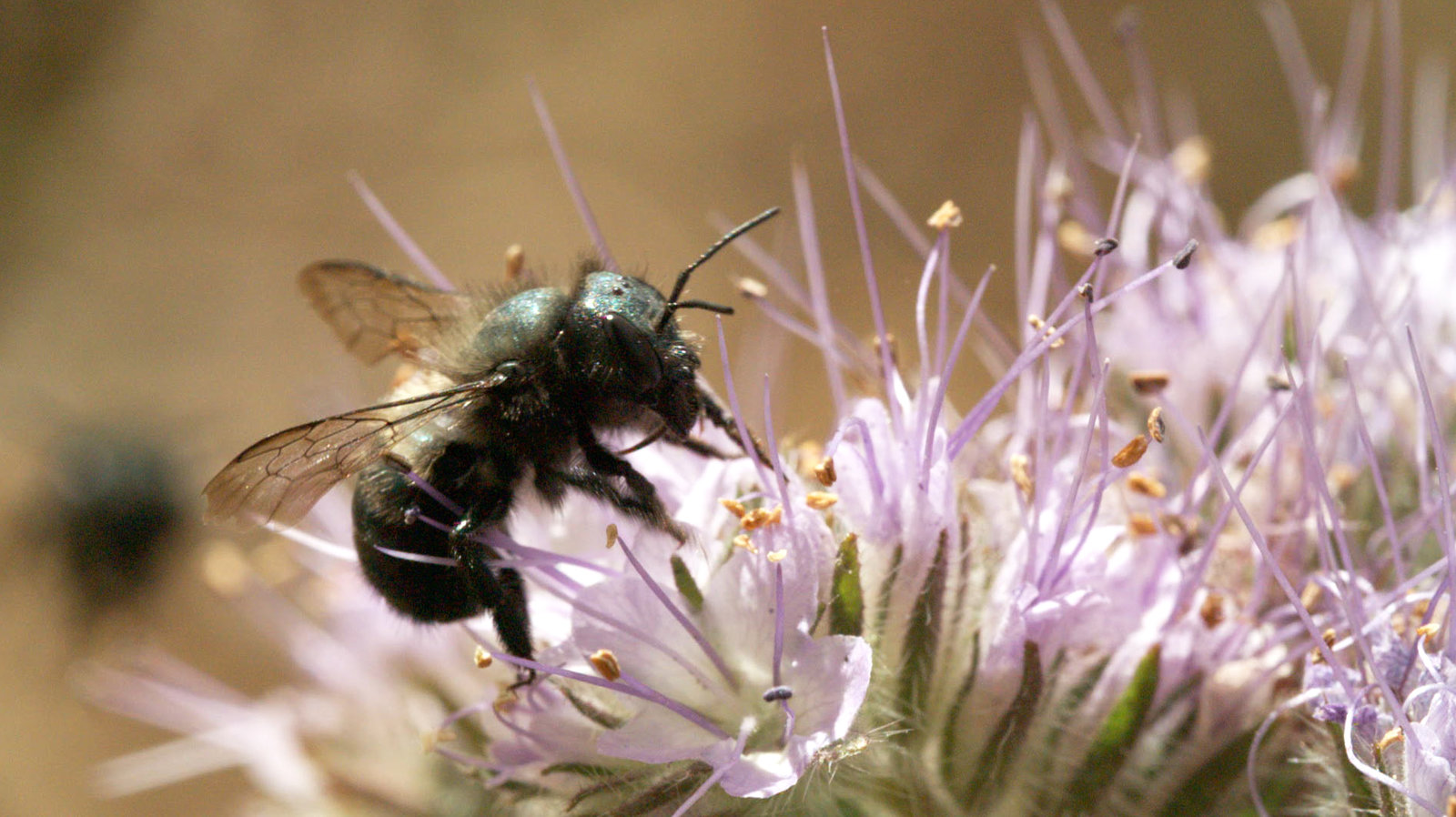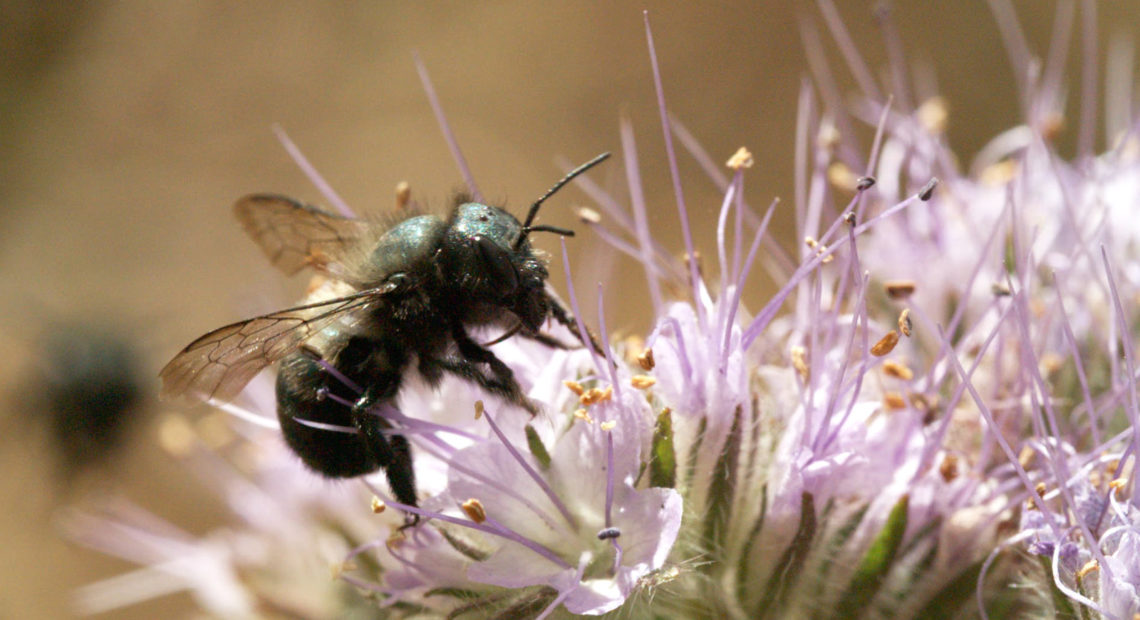
Watch This Native Pollinator Build Her Bee-Jeweled Nest
BY GABRIELA QUIRÓS
While honeybees and their buzzing hives and hyper-fertile queens get all the press for pollinating our food supply, the hard-working blue orchard bee is one of 4,000 bee species native to North America that does its solitary work in relative obscurity. That is, until now.
In the video, you can see how this bee builds its nests, alternating mud and a purple nectar-pollen mixture in hollow, skinny spaces. The blue orchard bees are preparing a purple lunch box of sorts for their offspring so they have food to eat in the tunnel. The blue orchard bees’ work looks more like jewelry or even scoops of trendy ube ice cream than a nest.
But the blue orchard bee is more than a pretty face. It is an efficient pollinator that some farmers are exploring as a possible alternative or supplement to honeybees in sweet cherry and almond orchards.
Honeybees are more prolific, but 40 to 50 percent of colonies die every year, according to a yearly National Honey Bee Survey, taken by universities and sponsored by the U.S. Department of Agriculture and the California Almond Board, among others.
Enter the blue orchard bee.
“This is, I think, the moment for these bees to shine,” says entomologist Natalie Boyle, who studies blue orchard bees at the USDA in Logan, Utah.
Boyle works with almond growers in California whose crop is worth $5.2 billion a year and who rely heavily on honeybees to pollinate their orchards every February. Research has found that 400 female blue orchard bees are as effective at pollinating almonds as the more than 10,000 bees in a honeybee hive, says Boyle.
Finding other bees that could work side by side with honeybees could offer what she calls “pollination insurance.”
But it’s not a simple swap. Blue orchard bees take their time reproducing. They lay only about 15 eggs a year, while the queen honeybee can lay 500 or more a day. And the blue orchard bees wander off, rather than return to a hive every night.
Scientists at the University of California, Davis are studying the bees’ habits.
For the full story, check out Deep Look, by KQED Science.
Copyright 2018 NPR
Related Stories:
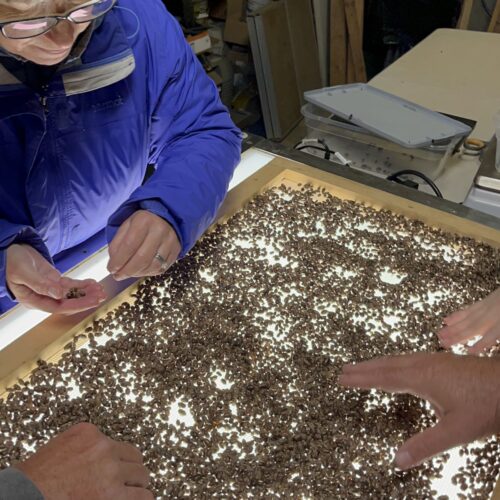
The dirty work of owning mason bees
Every October in the backyard of a Bothell home, a team of workers swarm around millions of blue orchard mason bees, to harvest the hibernating bees.
The company, Rent Mason Bees, quickly takes apart and cleans the wooden nesting blocks that gardeners and farmers across the state use in the spring to house these tiny pollinators. The company offers this service as part of its mason bee rental program.
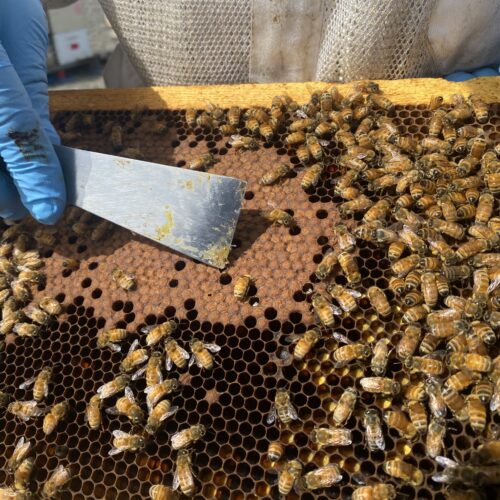
Fewer Northwest bees shipped to California’s almonds could be a buzzkill for Washington and Oregon crops
Brandon Hopkins, a bee researcher with Washington State University, points May 15 with his hive tool to the new bee larvae cells where baby bees develop in the hive near
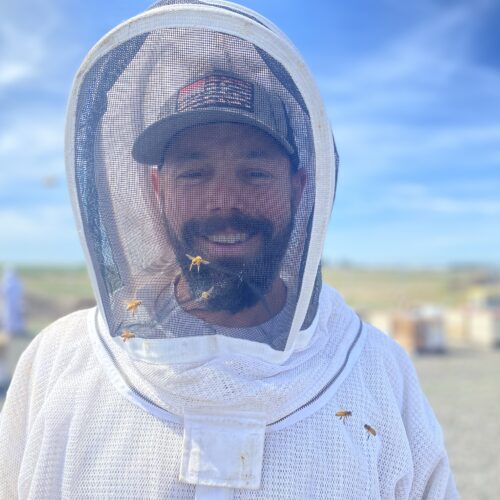
Fly, you die: Northwest bees that fly during mild winter weather less likely to survive until spring
Brandon Hopkins, 42, with Washington State University, stands in front of the university’s bee colonies at a facility in Othello, Washington, where he and a team were examining the hives.

